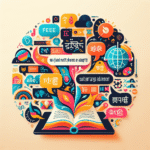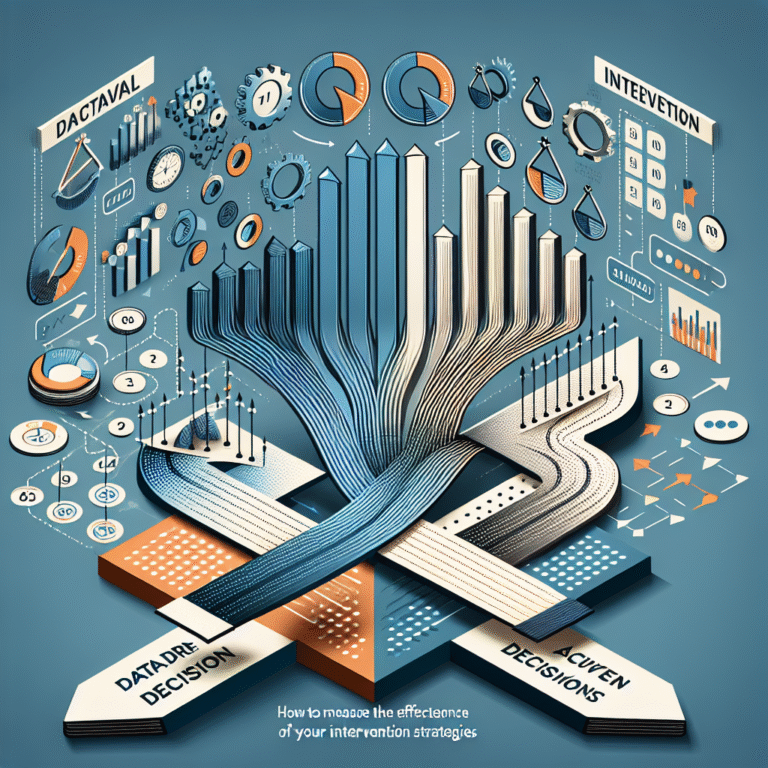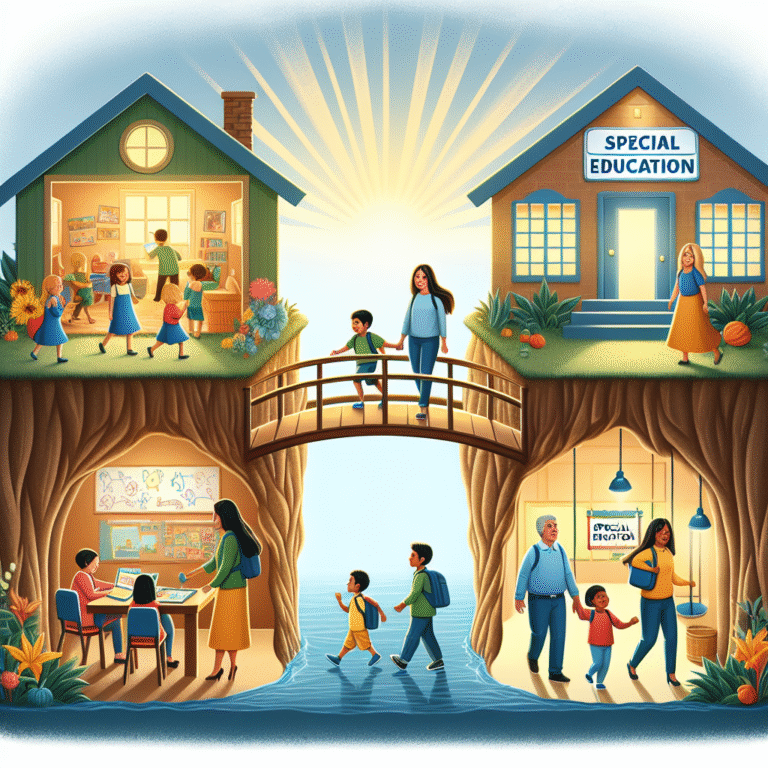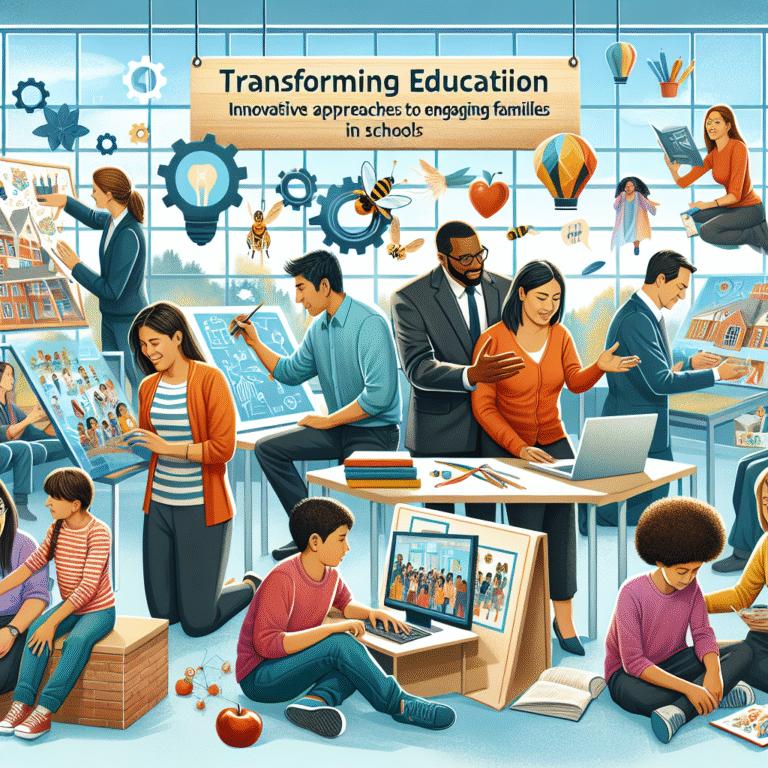
Introduction
In a world where creativity and innovation drive progress, nurturing gifted learners is more critical than ever. Unlocking Potential: Innovative Strategies in Gifted Education is not just a tagline; it’s a mission to harness the unique abilities of gifted individuals. These students often possess exceptional talents, but without tailored educational strategies, they may struggle to reach their full potential. This article explores groundbreaking approaches in gifted education that address diverse needs and engage students, allowing their brilliance to shine.
The Case for Gifted Education
Gifted students, while often excelling academically, may experience social, emotional, and behavioral challenges that require a specialized educational approach. Traditional education models can sometimes overlook their unique needs, leading to frustration and disengagement. To effectively nurture these learners, educators and parents must embrace innovative teaching strategies that foster creativity, critical thinking, and sustained motivation.
Understanding Giftedness
Defining Giftedness
Giftedness can be multifaceted and may include intellectual, creative, artistic, or leadership abilities. The National Association for Gifted Children (NAGC) identifies gifted students as those who demonstrate outstanding aptitude in one or more areas compared to their peers. Understanding the nuances of giftedness is crucial for implementing effective educational strategies.
Emotional and Social Needs of Gifted Learners
Gifted learners often grapple with intense emotions and heightened sensitivity. They may experience feelings of isolation or misunderstanding when placed in traditional classrooms. Thus, strategies for Unlocking Potential: Innovative Strategies in Gifted Education must include emotional support alongside academic challenge.
Innovative Strategies for Gifted Education
1. Differentiated Instruction
Differentiated instruction tailors teaching approaches to meet diverse student needs. By varying content, process, and product, educators can ensure that gifted learners are both challenged and engaged.
Case Study: Dr. Maria Montessori’s Approach
Dr. Montessori’s educational philosophy encourages students to learn at their own pace in a prepared environment. In a Montessori classroom, a gifted student working on a complex math problem alongside classmates learning basic arithmetic fosters collaboration while enabling personal exploration. This model illustrates how differentiation is integral to Unlocking Potential: Innovative Strategies in Gifted Education.
| Strategy | Key Focus | Example |
|---|---|---|
| Differentiated Content | Different levels of complexity | Tailored reading materials |
| Varied Process | Multiple ways to engage with content | Group discussions, hands-on activities |
| Diverse Products | Various methods of demonstrating understanding | Projects, presentations, portfolios |
2. Inquiry-Based Learning
Inquiry-based learning promotes student curiosity and encourages learners to ask questions, explore, and investigate. This method works particularly well for gifted students who thrive on critical thinking and problem-solving.
Case Study: Project-Based Learning at High Tech High
At High Tech High, students engage in interdisciplinary projects that require them to research real-world issues. For instance, a project addressing environmental sustainability not only fosters scientific inquiry but also encourages creative solutions. This engaging learning environment exemplifies Unlocking Potential: Innovative Strategies in Gifted Education by promoting deeper understanding and collaboration.
3. Social-Emotional Learning (SEL)
Integrating SEL into gifted education helps students manage their emotions and understand interpersonal dynamics. By developing social skills, gifted learners can form better relationships with their peers.
Case Study: The Ruler Program
The Ruler Program, developed at Yale University, aims to promote emotional literacy. Schools implementing this program have reported improved emotional regulation and peer relationships among gifted students, exemplifying how Unlocking Potential: Innovative Strategies in Gifted Education intertwines academic and emotional growth.
4. Mentorship Programs
Connecting gifted students with mentors provides guidance, support, and expertise. Mentorship fosters a sense of belonging and inspires students to pursue their passions.
Case Study: The Student-Teacher Mentorship Model
In a New York City high school, gifted students were paired with mentors in various professional fields. This experience allowed students to explore potential career paths, setting them up for future success. Such mentorship opportunities are essential for Unlocking Potential: Innovative Strategies in Gifted Education.
5. Technology-Enhanced Learning
Leveraging technology can create personalized learning experiences. Digital tools can offer adaptive learning opportunities and access to a wealth of resources tailored to individual interests.
Case Study: Khan Academy
Khan Academy provides personalized learning dashboards that empower gifted students to learn at their own pace. The platform’s use of data analytics allows tailored content, illustrating another innovative method of Unlocking Potential: Innovative Strategies in Gifted Education.
Implementing Innovative Strategies
Teacher Training and Development
Effective implementation of these innovative strategies requires professional development for educators. Schools should invest in ongoing training that highlights best practices for teaching gifted learners.
Collaborative Learning Environments
Creating a collaborative school culture can further enhance the effectiveness of innovative strategies. Encouraging team teaching, open communication, and shared resources fosters a supportive environment for both educators and gifted learners.
Involving Parents and Communities
Engaging parents and the broader community is essential. Schools should facilitate workshops and information sessions to empower families to support their gifted children effectively.
Conclusion
Unlocking the potential of gifted learners requires a dynamic approach that integrates innovative strategies in education. By embracing differentiation, inquiry-based learning, SEL, mentorship, and technology, educators can provide gifted students with the challenges and support they need to thrive. As we move forward, it is essential to prioritize the holistic development of gifted learners, ensuring their unique abilities are nurtured for a brighter future.
FAQs
1. What criteria define a gifted student?
Gifted students typically demonstrate high performance or potential in areas such as intellectual ability, creativity, or specific academic subjects. Different organizations may have varying criteria, including standardized test scores or teacher recommendations.
2. How can teachers support gifted learners in a traditional classroom?
Teachers can support gifted learners by differentiating instruction, providing advanced materials, and offering enrichment activities that cater to students’ interests and strengths.
3. Is social-emotional learning necessary for gifted students?
Yes, social-emotional learning is crucial for gifted students to help them navigate their unique emotional challenges and foster healthy peer relationships.
4. How can parents advocate for their gifted child in school?
Parents can advocate for their child by communicating openly with teachers, asking for assessments that identify their child’s strengths, and seeking tailored educational opportunities.
5. What role does technology play in supporting gifted education?
Technology enhances personalized learning, providing various digital resources and adaptive learning platforms that cater to the strengths and interests of gifted learners.
In summary, Unlocking Potential: Innovative Strategies in Gifted Education is about creating a supportive, challenging, and enriching environment for gifted students to thrive. Through collaboration, training, and innovative practices, we can ensure that these bright minds reach their fullest potential.


















